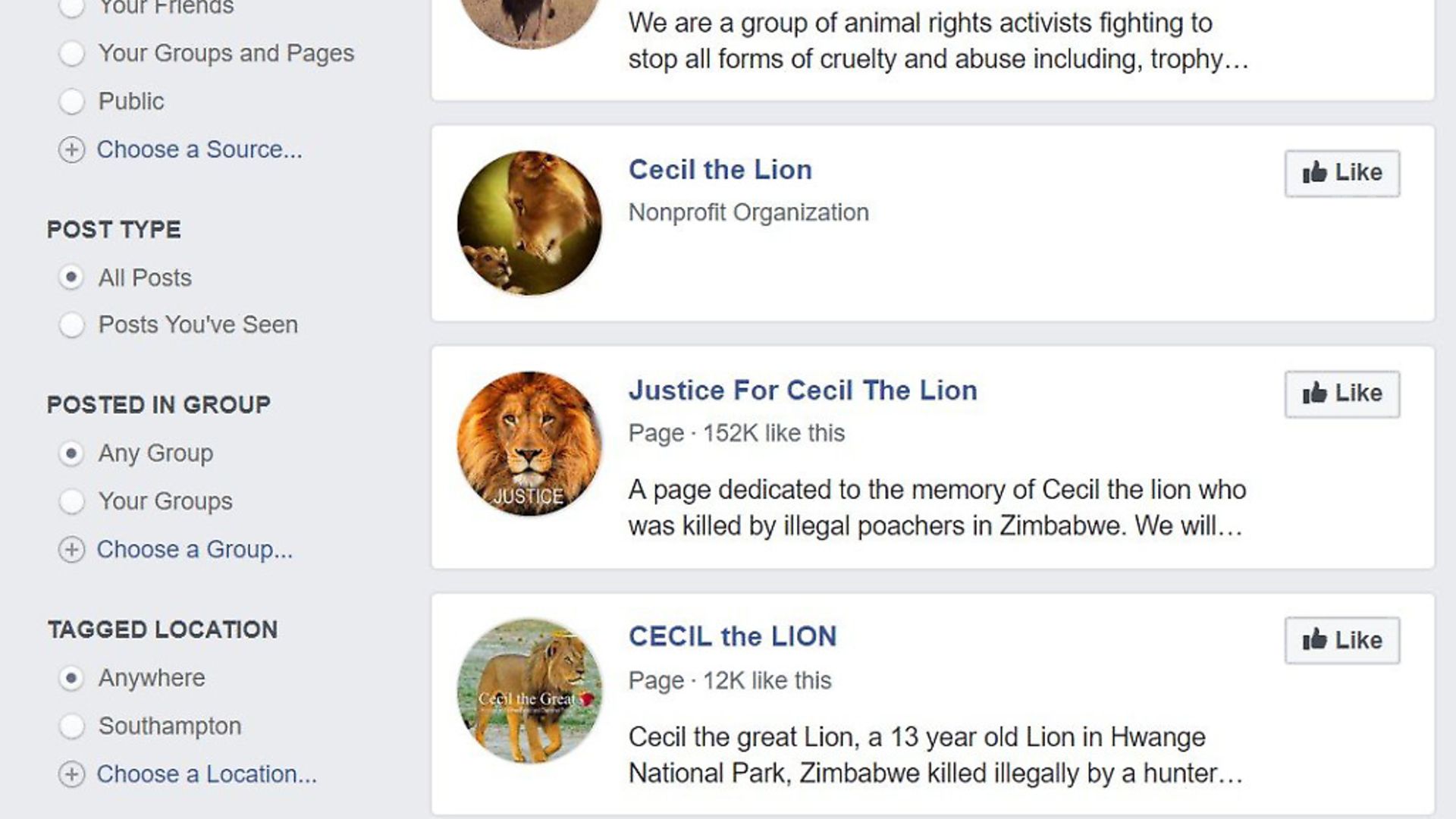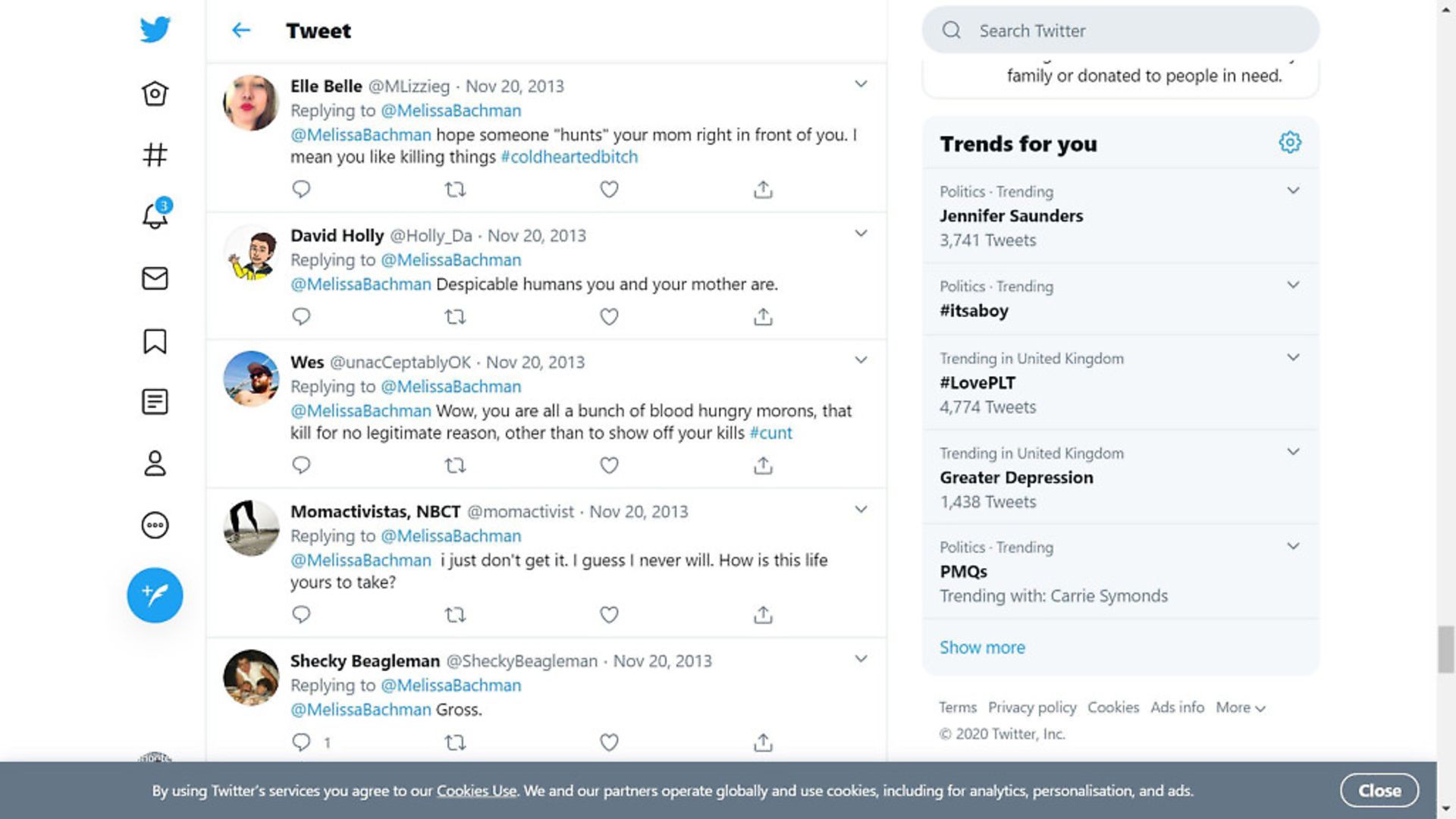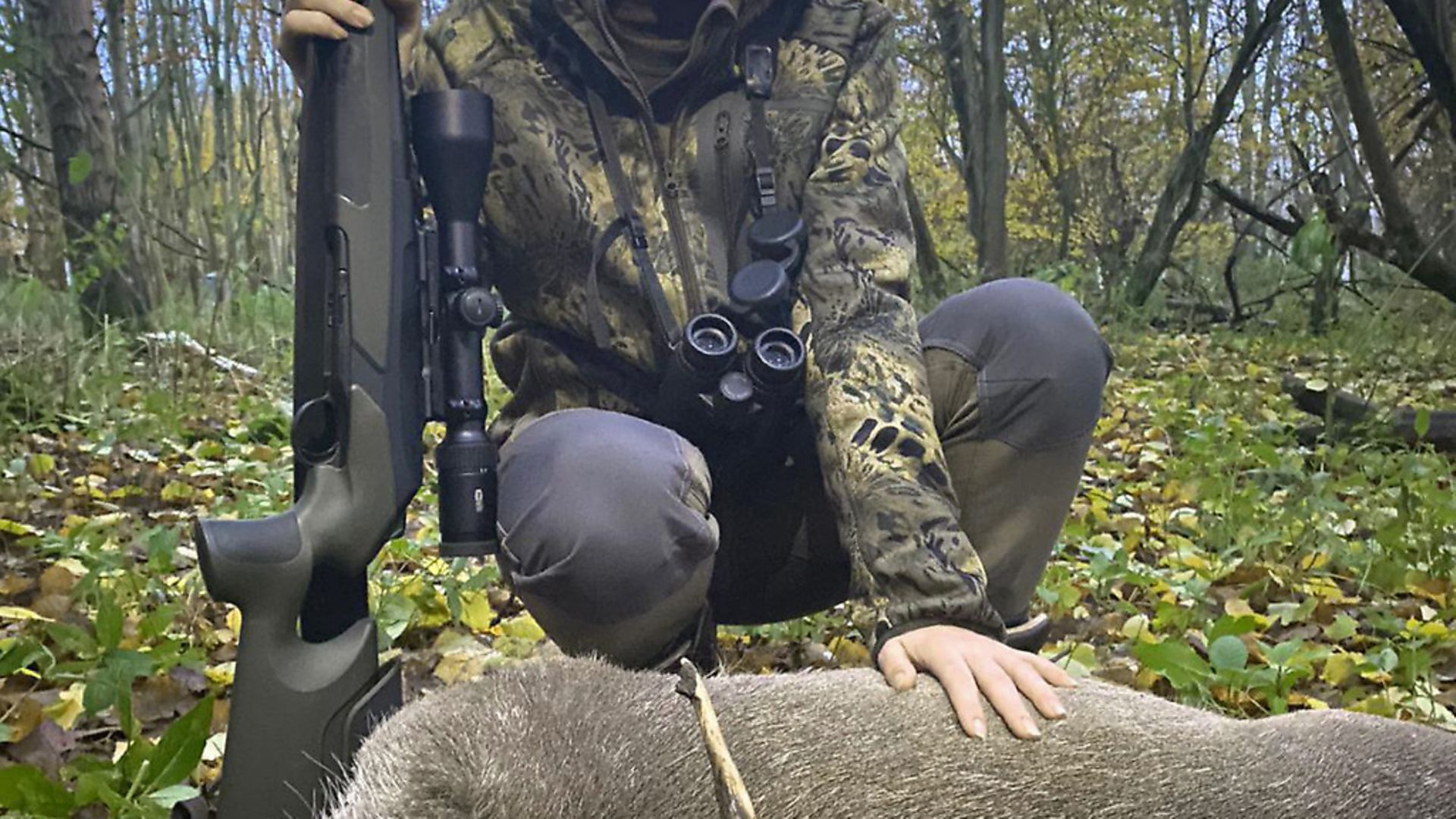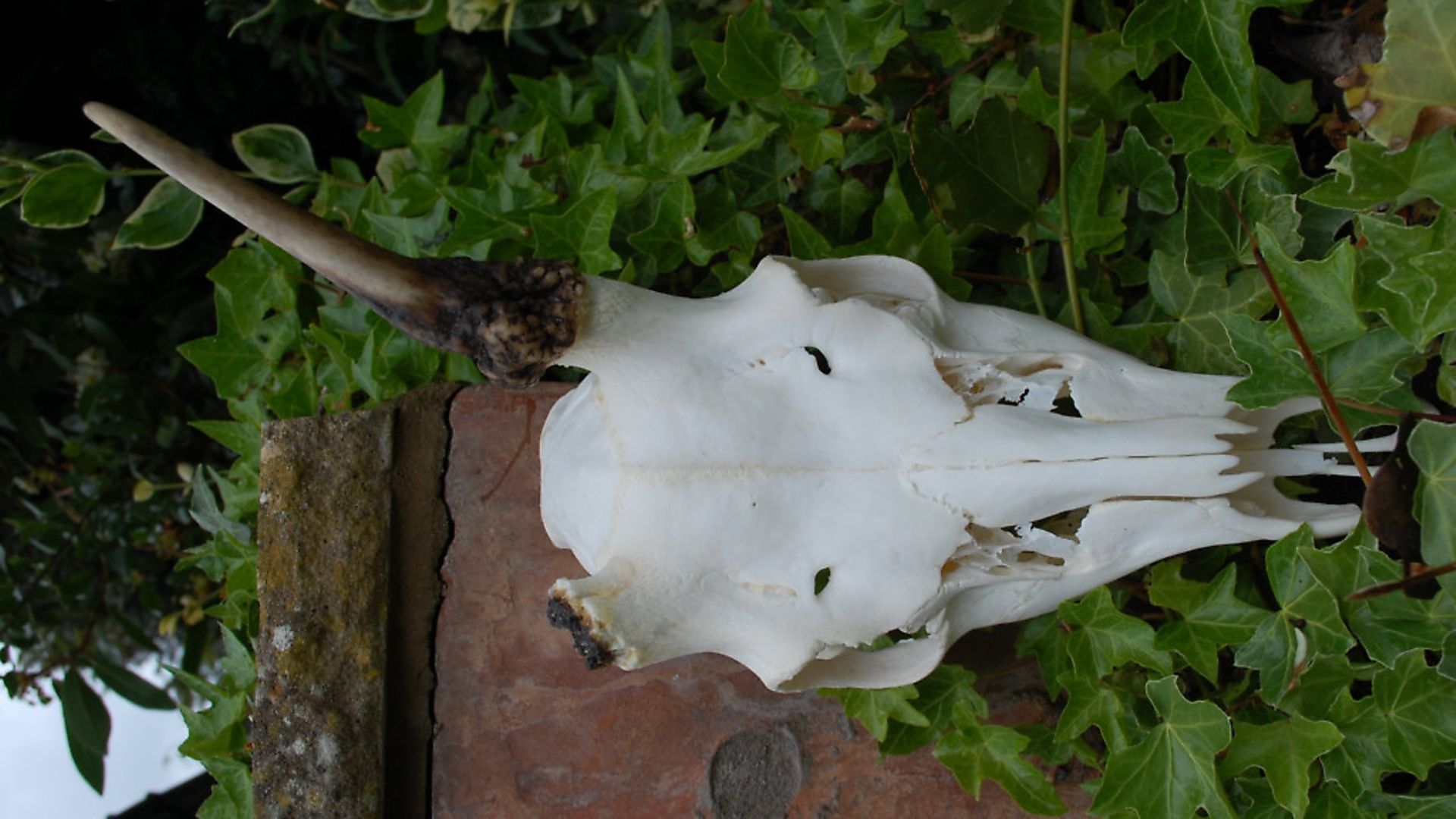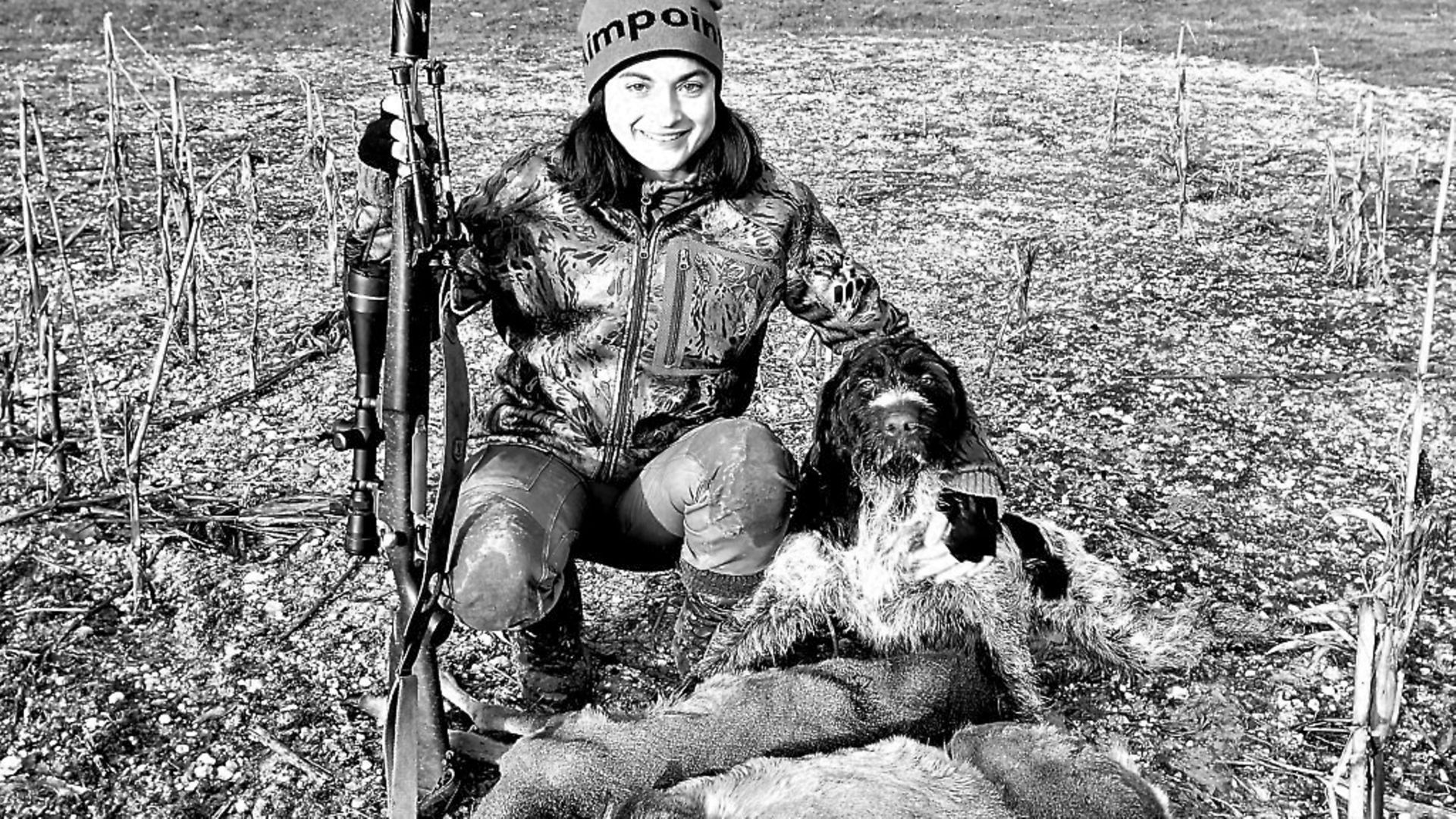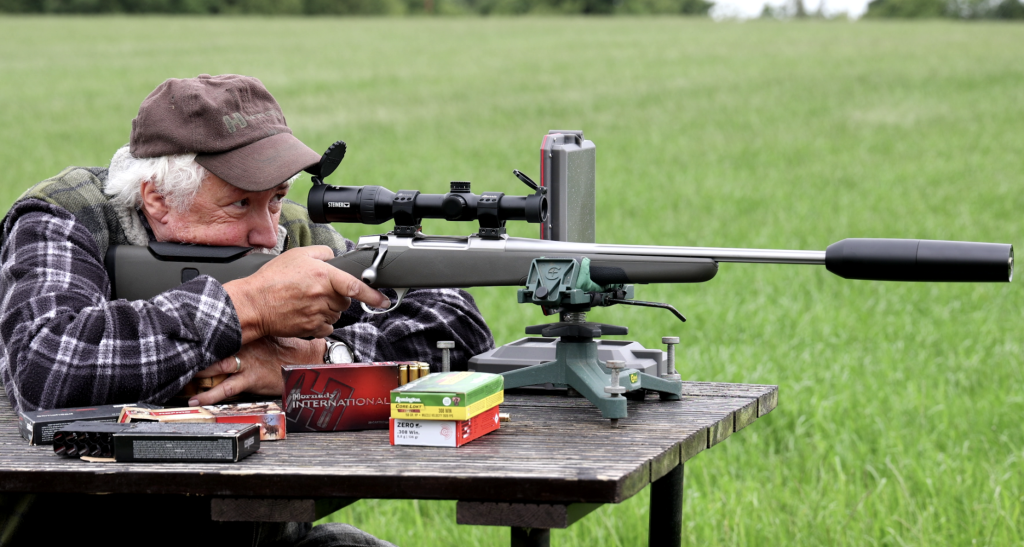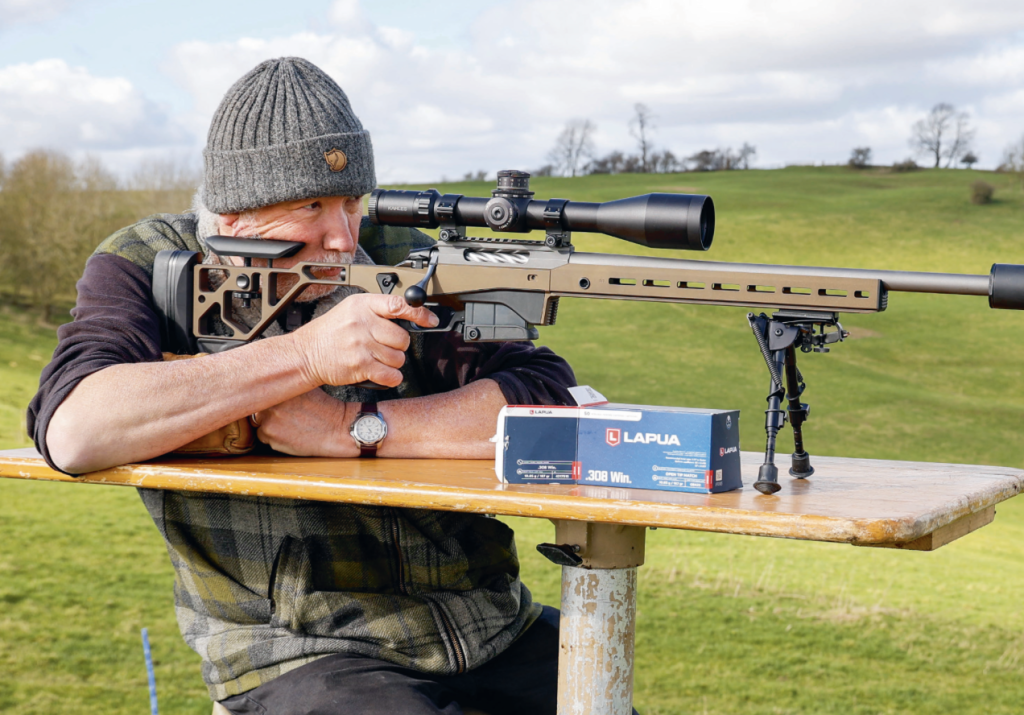Trophy hunting – the bigger picture
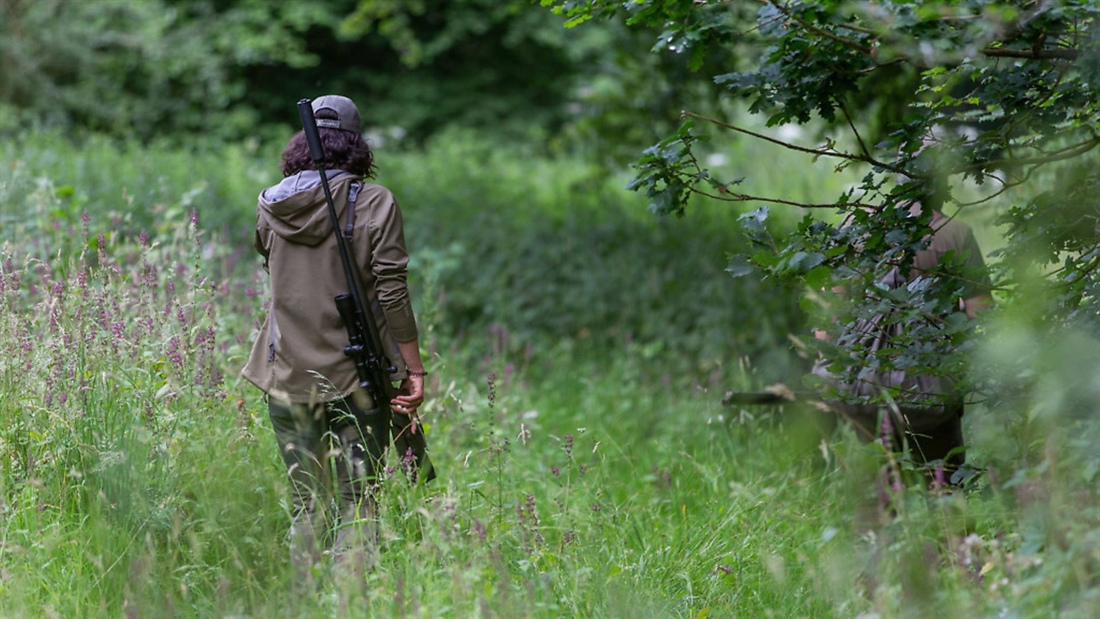
Emily Damment takes a closer look at why we keep hunting trophies, and why sensible discussion of trophy hunting conservaton benefits is so often clouded by pure hysteria
(Links to great reading material on the subject of trophy hunting and conservation at bottom of page)
If you read my recent series in Rifle Shooter magazine (Getting into Rifle Shooting), you will know that I am a beginner by anyone’s standards. As such, I often feel unqualified to comment on the issues affecting the hunting industry. I have shot a grand total of four deer, under very close supervision, and although I make a conscious effort to soak up as much information as possible on each outing, I’m well aware that some knowledge can only be acquired through experience.
Over the last few months, I’ve been following the development of the consultation into trophy hunting, reading articles from various organisations and commentary from individuals of note within the industry (Jens Ulrik Hogh, of the Nordic Safari Club, is well worth a Facebook search). I’ve also looked at the issue from the other side and had a few fairly heated discussions about the perceived evils of trophy hunting – or, “shooting something just to hang it on your wall and feel like a big man,” as the rhetoric from those opposed to the practice often goes.
I know where I stand on the matter, and I know enough hunters with trophies on their walls to appreciate the sentiment; however, until very recently, I had no personal anecdotes to add to the discussion. Being brutally honest, although I am fiercely pro-hunt and always have been, I have never truly understood the desire to keep the trophy – whether that be in the form of a picture or a prettily mounted head on a wall. Quite unexpectedly, my last hunting trip would change that. In keeping with the statement made earlier, it would provide me with a level of understanding that can only be achieved through doing.
I was halfway into my third ever stalk. We were in Hampshire completing a doe cull on a large estate, which had been left quiet throughout the game season; the resident roe population needed to be thinned a little. After a fruitless evening stalk, the team gathered back at the hotel for dinner, where Owen (my friend, mentor and general deer guru) announced that he had a gift for me. He presented me with the cleaned, bleached skull of the very first deer I had shot just a few months earlier. To say I was moved is an understatement. I had shot the deer in question – a fallow pricket with just one spiky antler – very late in the day, and there was a rush to complete the gralloch and get it back to the chiller. It was only while driving home in the dark, slowly processing the stalk and the shot, that I felt a little pang of disappointment – perhaps it would have been nice to take the head away with me as a memento. No matter. I had photos to look at, and the thought left my mind as quickly as it had arrived. Luckily for me, Owen had the same thought, and actually managed to do something about it!
That wonky, unimpressive, imperfect little skull now takes pride of place on my wall. It doesn’t require much knowledge to take one look at it and realise that this deer was not shot because it had big, beautiful antlers or because it was the finest example of its breed. In fact, quite the opposite. This deer had suffered some sort of accident, hence the missing antler, and was on the cull sheet for population control. Simple as that. Does it make the ‘trophy’ any less important to me? Absolutely not.
I gaze at that thing every evening, mainly because it is in my line of sight, but also to bathe in the memory of my first successful stalk. In the same way that photographs and souvenirs remind you of a good holiday – warm sun, fresh seafood, crisp, cold bottles of foreign beer – the skull reminds me of the hunt. When I look at it, I relive the whole thing: the long, uncomfortable hours spent crawling through dripping woodland, the loss of feeling in my hands and feet after two hours in the icy doe box, and the strange, intoxicating mix of pure adrenaline and intense focus as I prepared to finally take the shot. The head, along with the photos (yes, trophy photos if you will, identical to Cecil the Lion’s but featuring a much more commonplace animal), allow an experience spanning nine hours to bring me pleasure and satisfaction on an almost daily basis, many months down the line.
Speaking of photos… Trophy photos have been the catalyst for some of the most vicious online abuse I’ve ever witnessed, and ultimately are the thing that led to the very public demise of an American dentist, the very public bullying of a reality TV star, and a never-ending list of equally nasty attacks on hunters all over the world, from all walks of life. Clearly, the problem has worsened with the advent of smartphone cameras and the social media obsession. Again, it’s one of those things that I never really understood until I’d done it. I used to look at these poor people, getting torn to shreds online, and just think to myself: “Well, why take the photo in the first place?”.
But I get it now. Of all the photos I’ve ever taken, including those of my dog Dave (hands down the handsomest dog in the world), I look most often at my ‘trophy’ photos. In fact, they are pretty much the only photos on my phone that I regularly revisit. I look at them for the exact same reason that I look at the skull on my wall – to remind me of the hunt.
Again, these photos do not depict magnificent beasts with sprawling headwear… one photo is of my first deer, the one-antlered pricket, and the others were taken during the doe cull. Unsurprisingly, the latter feature two does and one very young antler-less buck, who was seriously ill and had to be taken to prevent his continued suffering. They are nothing special, but they were very special to me.
So, where am I going with all this? The point I am trying to make is that the term ‘trophy’ seems to hold very negative connotations for a lot of people, fuelled, I believe, by misinformation and misunderstanding. In fact, a friend (and, coincidentally, a regular meat eater) recently shared a social media post that, alongside a picture of a woman and a shot lion, simply read “no-one likes a trophy hunter, spread her shame”. To the uninformed, especially those who consider themselves animal lovers, of course the natural reaction to a post like this is to follow the instructions – spread her shame! A photograph of a beautiful, majestic creature like a lion, lying dead beside a smiling woman with a gun, is going to stir up very angry feelings in lots of people. It is probably not going to prompt them to go away and research the extremely complex topic of big game hunting and its associated conservation benefits, and form a balanced, pragmatic opinion on the matter.
Since the Cecil incident, this (the smiling hunter posing next to a slain big cat) is the image that most people can’t help but picture when the term ‘trophy’ is uttered. I tend not to post hunting photos on social media, but I do wonder if the photograph of myself, smiling next to that unremarkable little fallow pricket, would generate quite the same level of fury as it would if I was smiling next to a mighty lion. Somehow, I highly doubt it. Perhaps this is because it is much easier to explain the need to hunt deer in the UK, and for people to understand it, than it is to explain the benefits of a rhino hunt in Africa.
I did find it fairly amusing to witness the uproar when the news ‘broke’ that people pay to hunt deer in the UK. The Guardian used the headline, “£7,000 to bag a rare deer… how trophy hunting came to the home counties”. The first line of that article read: “Many Britons probably think that trophy hunting is something that happens abroad. But anyone looking to bag an animal’s head to grace that empty spot on their wall needs only to head to deepest, darkest Bedfordshire where they can shoot rare deer, or, for the financially stretched, wallabies and sheep.”
As you can see, the language has been carefully chosen to anger and/or shock the reader, and once again that term ‘trophy’ and its connection with overseas, specifically safari, hunting has been used to its full potential. The result of this language and the lack of context, implies (deliberately in my opinion) that the animal is shot, the head removed to “grace that empty spot on their wall,” and the rest of the carcass left to rot. It stinks of waste and pointlessness. Obviously, this is not the case, but try explaining that to thousands of furious keyboard warriors jointly voicing their distaste. You won’t have much luck.
All the arguments citing scientifically proven benefits for both fauna and flora wither in the face of the pure disgust many feel at the desire to take a photo, bleach a skull, or have the head and neck mounted. I’m going on anecdotal evidence here, but in my experience the bit that most people really can’t get their heads around (if you’ll excuse the pun!) is the desire to take a photo or keep a trophy; a common response is: “well if a cull needs to be carried out, it should be carried out respectfully and with dignity, and there shouldn’t be any posing for photos afterwards”. Quite why they think a deer would be overly concerned by a photo being taken post mortem, I don’t know.
I’ve seen the same thing on shows like Good Morning Britain, where Piers Morgan demonstrated a similarly emotive response. During a discussion on the conservation benefits of big game hunting, RS writer Diggory Hadoke’s comments were quickly glossed over so Piers could make the statement: “I find it repulsive when I see these big corporate American tycoons coming over, blasting at rhinos and then posing for their lovely pictures and stuffing their heads up on their office walls.” If a trained journalist can’t remain impartial for long enough to hear the opposing side of a topic he himself has chosen to discuss, the Facebook warriors are most probably a lost cause.
Yes, of course people hunt purely for trophies – to bag a really impressive animal and possess the head or horns – and it would take another article to get into a serious discussion about why exactly we enjoy hunting so much. But I would also say that many hunters keep unremarkable ‘trophies’ from cull hunts for the same reason I have; in short, as a memoir of the hunt they enjoyed and which no doubt took much planning, effort and skill to pull off successfully. Again, the true trophy hunt, whether that be for an African lion or a muntjac buck, requires a deeper level of understanding if it is to be accepted. Why has the animal been shot? How has this benefited the species and/or the environment in which it lives? And lastly, because nowadays human interest does seem to come last, what businesses has it helped support and how would they survive otherwise?
These questions can be answered, but only if impartial discussions occur, during which facts and opinions, not hysterical hyperbole, are exchanged. For this to happen, the focus cannot be on the ‘trophy’ itself, the head, photo, skull, skin. It must be on the hunt and the reasons it is carried out.
I feel that the problem stems from much wider issues affecting society today – the modern disconnect from food (turkey dinosaur, anyone?), the seemingly fashionable disregard for facts in favour of rigid personal opinion, and a greater awareness of the sport in general thanks to social media and our smartphone cameras. We can only hope that when the results of the trophy hunting consultation are published, the powers that be have managed to separate facts from emotion, and trophy imports and exports from well-managed, conservation-focused outfitters are allowed to continue, to the benefit of wildlife all over the world.
JUST A FEW TROPHY HUNTING CONSERVATION WINS…
* In Pakistan, trophy hunting raised funds for the endangered markhor goat’s conservation and succeeded in increasing the goats’ population from 200 to 3,500.
* In South Africa, since trophy hunting was permitted for white rhinos in 1968, the population of Southern white rhinos increased from 1,800 to c. 18,000 in 2018.
* Also in South Africa and Namibia, an increase has also been seen in the number of black rhinos, from 3,500 in 2004 when the CITES (international conservation regulatory organisation) quotas were introduced, up to c. 5,500 in 2018.
Read more on white and black rhino conservation through trophy hunting here
For some interesting additional reading on trophy hunting, the difference between it and “canned” hunting, and why it cannot be replaced by photo tourism, click here
To read the open letter signed by over fifty African community leaders, representing millions of people across southern Africa, urging UK-based celebrities to stop using their influence to undermine the human rights of impoverished people and jeopardize wildlife conservation in the region, click here.
Related Articles
Get the latest news delivered direct to your door
Subscribe to Rifle Shooter
Elevate your shooting experience with a subscription to Rifle Shooter magazine, the UK’s premier publication for dedicated rifle enthusiasts.
Whether you’re a seasoned shot or new to the sport, Rifle Shooter delivers expert insights, in-depth gear reviews and invaluable techniques to enhance your skills. Each bi-monthly issue brings you the latest in deer stalking, foxing, long-range shooting, and international hunting adventures, all crafted by leading experts from Britain and around the world.
By subscribing, you’ll not only save on the retail price but also gain exclusive access to £2 million Public Liability Insurance, covering recreational and professional use of shotguns, rifles, and airguns.
Don’t miss out on the opportunity to join a community of passionate shooters and stay at the forefront of rifle technology and technique.



